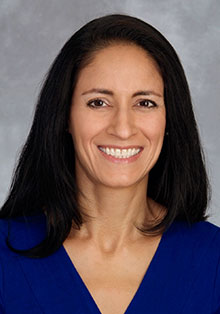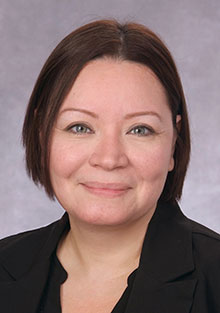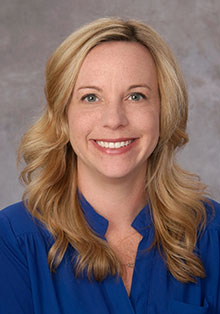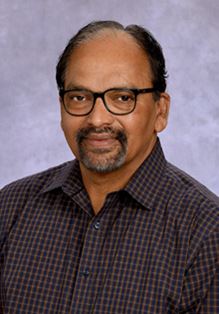3711-3720 of 4100 Results Found
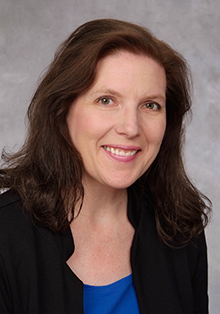
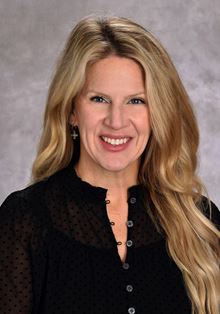
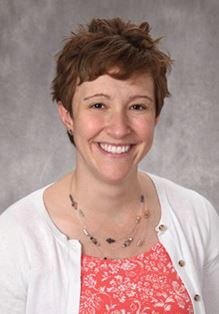
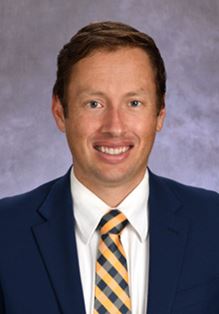
Pediatric Epilepsy Monitoring Unit (PEMU)
Pediatric Epilepsy Monitoring Unit (PEMU) Home Pediatric Epilepsy Monitoring Unit (PEMU) PEMU Nurses’ Station: 602-933-8810 PEMU Scheduling: 602-933-1642 The Pediatric Epilepsy Monitoring Unit (PEMU) is a specialized unit designed to evaluate children …
Doctor
Neil R. Friedman, MBChB
Director, Clinical Transformation; Diane and Bruce Halle Endowed Chair in Pediatric Neurosciences
Specialties
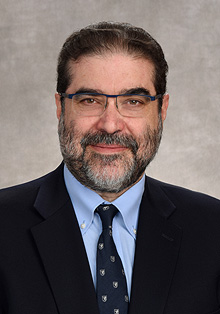
Doctor
Davinder J. Singh, MD
Division Chief, Plastic Surgery; Medical Director, Center for Cleft and Craniofacial Care
Specialties
